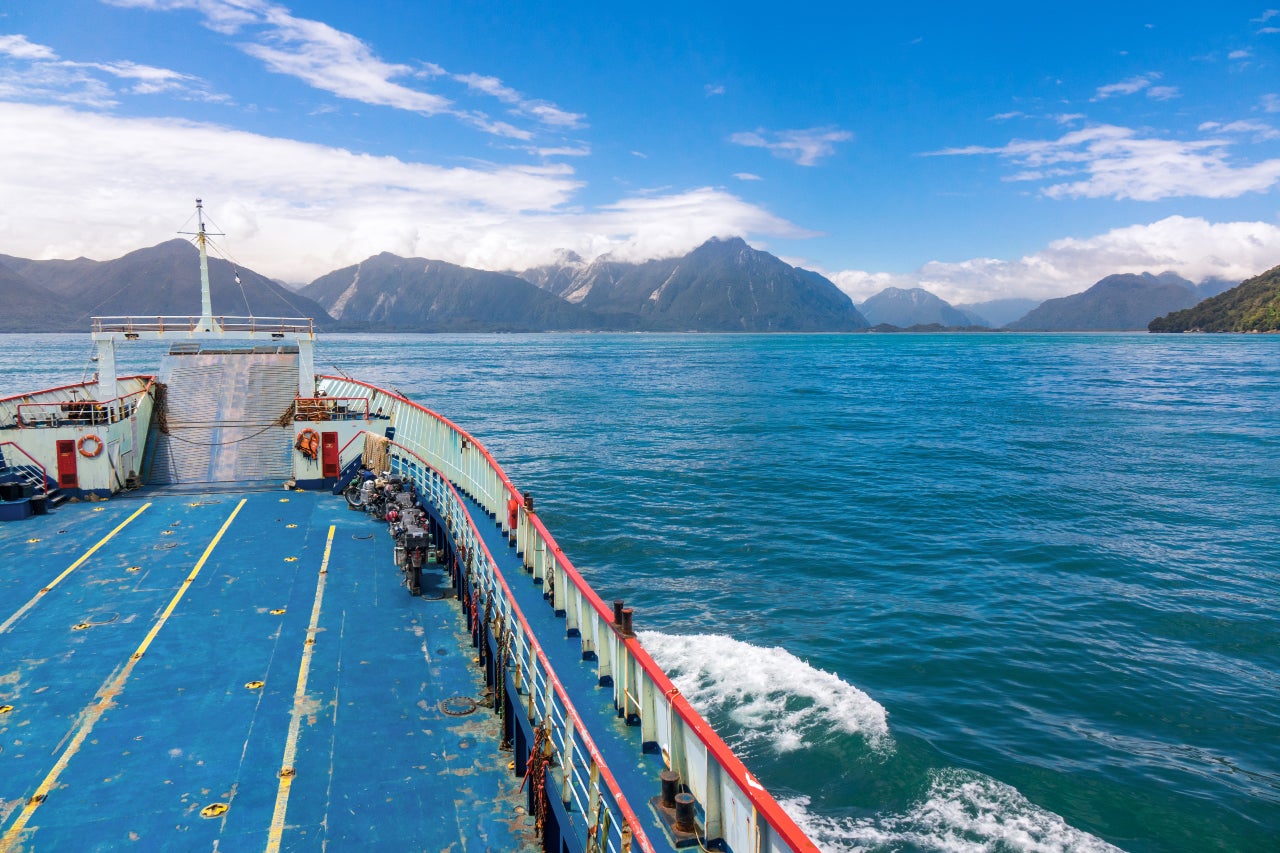
German propulsion manufacturer Schottel has secured a contract to supply main propulsion units to Vancouver-based company Western Pacific Maritime (WPM) for a car ferry.
Ordered by the British Columbia Ministry of Transport and Infrastructure, the new vessel will be fitted with four high-efficiency Schottel TwinPropellers.
Designed by Polar Design Sales, the ferry will provide services in Kootenay Lake, British Columbia, Canada, and will be ready for service in early 2023.
The main propulsion will contain four SCHOTTEL TwinPropeller units type STP 150 L of 360kW each and will be powered by PEM motors.
With a propeller diameter of 1.1m, the STPs will enable a speed of up to 13.5k.
A fifth structurally identical unit has also been ordered as a spare unit to ensure a completely reliable 24/7 service.
How well do you really know your competitors?
Access the most comprehensive Company Profiles on the market, powered by GlobalData. Save hours of research. Gain competitive edge.

Thank you!
Your download email will arrive shortly
Not ready to buy yet? Download a free sample
We are confident about the unique quality of our Company Profiles. However, we want you to make the most beneficial decision for your business, so we offer a free sample that you can download by submitting the below form
By GlobalDataThe new ferry will be configured as a diesel-electric hybrid with all the systems, equipment, and components prepared for fully electric propulsion in the future.
The TwinPropellers will be manufactured as plug-and-play units for fast and easy installation at the future operational site.
The STPs are designed in a way that they can be serviced while the ship is afloat.
Schottel noted that its propulsion solution is suitable for vessels or applications with inadequate installation space, draught, or propeller clearance.
With its two co-rotating propellers, the STP will provide combined thrust and 360° manoeuvring power, which will enhance efficiency, reduce noise, and vibration levels.
With a capacity to carry up to 61 vehicles, the 89m-long and 25m-wide vessel will significantly reduce sailing waits.
After the installation of shore power and when it is ready for daily use, the vessel will be completely converted to electric propulsion by 2030.
As part of CleanBC, the province is working to electrify the inland ferry fleet by 2040.
The new ferry will have more than double the capacity of the MV Balfour, which it is going to replace.



